In today’s hyper-connected digital landscape, insider threats have emerged as one of the most insidious risks to organizational security. Did you know that 60% of data breaches involve insider threats, according to a 2024 study by the Ponemon Institute? These threats don’t always come from malicious hackers outside your network—they often originate from within. Whether it’s a disgruntled employee leaking sensitive data, a negligent contractor misconfiguring cloud storage, or compromised credentials exploited by external actors, insider threats pose a multifaceted challenge.
As cybersecurity professionals, we must recognize that insider threats are not just technical issues—they’re human ones. Addressing them requires a blend of technology, policy, and culture. In this article, we’ll delve into what insider threats are, why they matter, and how organizations can build robust defenses against them. By understanding the risks and implementing proactive strategies, you can safeguard your organization from internal vulnerabilities and protect sensitive data.
What Are Insider Threats? Defining the Risk
Insider threats refer to security risks originating from individuals within an organization—employees, contractors, or partners—who have legitimate access to systems and data. These threats can be intentional or unintentional. For example, a malicious insider might deliberately steal intellectual property for personal gain, while a negligent insider could accidentally expose sensitive information through poor cybersecurity hygiene. Compromised insiders, on the other hand, are individuals whose credentials are stolen or exploited by external attackers to gain unauthorized access.
The financial impact of insider threats is staggering. According to IBM’s Cost of a Data Breach Report 2024, the average cost of a breach caused by insider threats exceeds $4.5 million. This underscores the importance of addressing insider risks proactively. To better understand the scope of the problem, consider the following breakdown:
| Type of Insider Threat | Percentage of Incidents | Common Examples |
|---|---|---|
| Malicious Insiders | 34% | Data theft, sabotage |
| Negligent Insiders | 56% | Misconfigurations, phishing clicks |
| Compromised Insiders | 10% | Credential theft, account hijacking |
For a deeper dive into the anatomy of insider threats, check out this report by Verizon, which highlights real-world examples and trends.
Types of Insider Threats: Know Your Adversaries
To effectively combat insider threats, it’s crucial to understand their different forms. The three primary categories are malicious insiders, negligent insiders, and compromised insiders. Each type requires tailored mitigation strategies.
- Malicious Insiders: These individuals intentionally harm the organization, often driven by financial incentives, revenge, or ideological motives. For instance, a former employee might exploit their knowledge of the company’s systems to steal trade secrets.
- Negligent Insiders: Unlike malicious insiders, negligent insiders cause harm unintentionally. Common scenarios include falling victim to phishing attacks, sharing passwords insecurely, or failing to follow cybersecurity protocols.
- Compromised Insiders: In these cases, external attackers exploit an insider’s credentials to infiltrate the organization. This often occurs when employees use weak passwords or fail to enable multi-factor authentication (MFA).
A notable case study involves Tesla, where a disgruntled employee leaked proprietary information to third parties in 2022. Such incidents highlight the need for robust access controls and continuous monitoring.
Why Insider Threats Are a Growing Concern in 2025
The rise of remote work and hybrid environments has significantly amplified insider threat risks. Employees accessing sensitive data from unsecured home networks or personal devices creates new vulnerabilities. Additionally, the increasing reliance on cloud services has expanded the attack surface, making it easier for insiders to misuse privileged access.
Emerging trends further underscore the urgency of addressing insider threats. For example, behavioral analytics tools powered by AI are becoming essential for detecting anomalies in user activity. Similarly, regulations like GDPR and CCPA impose stricter penalties for data breaches caused by insider negligence. Organizations that fail to adapt risk not only financial losses but also reputational damage and legal consequences.
According to Gartner, 80% of data breaches will involve insider elements by 2025, up from 60% in 2022. This projection makes it clear that insider threat management must be a top priority for cybersecurity teams.
How to Identify Insider Threats: Early Warning Signs
Detecting insider threats early is critical to minimizing damage. Behavioral indicators can provide valuable insights into potential risks. For example, an employee accessing files unrelated to their job role or working unusual hours may warrant further investigation. Similarly, sudden changes in behavior, such as decreased productivity or conflicts with colleagues, can signal dissatisfaction or intent to harm.
Modern tools like Microsoft Defender for Identity and Splunk leverage user behavior analytics (UBA) to identify anomalies. These platforms analyze patterns in user activity, flagging suspicious actions such as excessive file downloads or unauthorized access attempts. By integrating these tools into your security infrastructure, you can stay ahead of emerging threats.
Best Practices for Preventing Insider Threats
Preventing insider threats requires a combination of technical controls, policies, and cultural initiatives. Here are some proven strategies:
- Implement Access Controls: Adopt the principle of least privilege (PoLP) to ensure employees only have access to the data and systems necessary for their roles. Regularly audit permissions to prevent over-privileged accounts.
- Conduct Employee Training: Educate staff on recognizing phishing emails, securing their credentials, and adhering to cybersecurity best practices. Platforms like KnowBe4 offer engaging training modules tailored to different audiences.
- Deploy Data Loss Prevention (DLP) Tools: Solutions like Proofpoint monitor sensitive data movement, preventing unauthorized sharing or exfiltration.
- Establish Clear Policies: Define acceptable use policies and outline procedures for reporting suspicious activities. Ensure HR, IT, and legal teams collaborate closely to enforce these policies consistently.
By combining these measures, organizations can create a layered defense against insider threats.
Tools and Technologies to Combat Insider Threats
Choosing the right tools is essential for effective insider threat management. Below are some leading solutions and their key features:
| Tool | Key Features | Best For |
|---|---|---|
| Microsoft Defender for Identity | Real-time monitoring, anomaly detection, integration with Azure AD | Enterprises using Microsoft ecosystems |
| Splunk | Advanced analytics, customizable dashboards, threat intelligence | Large-scale data analysis |
| Proofpoint | Email protection, DLP, insider threat detection | Organizations focused on email security |
| Exabeam | Behavioral analytics, incident response automation | Mid-sized to large enterprises |
Each tool offers unique capabilities, so evaluate your organization’s specific needs before making a decision. For more insights, explore Gartner’s Magic Quadrant for Security Information and Event Management (SIEM).
Building an Insider Threat Program: A Step-by-Step Guide
Creating a robust insider threat program involves several key steps:
- Form a Cross-Functional Team: Include representatives from IT, HR, legal, and executive leadership to ensure comprehensive oversight.
- Develop Policies and Procedures: Clearly define roles, responsibilities, and escalation paths for handling insider threats.
- Monitor Access Permissions: Regularly review and adjust access levels based on employees’ roles and responsibilities.
- Conduct Simulations: Run tabletop exercises to test your team’s readiness and refine response strategies.
For guidance on building an insider threat program, refer to NIST’s Special Publication 800-53, which provides detailed recommendations.
Responding to Insider Threat Incidents: A Crisis Management Plan
When an insider threat is detected, swift action is essential. Begin by containing the threat to prevent further damage. Next, conduct a thorough investigation to determine the root cause and identify those involved. Collaborate with HR and legal teams to address any disciplinary or legal actions required.
Here’s a checklist for managing insider threat incidents:
- Isolate affected systems to prevent additional data loss.
- Preserve evidence for forensic analysis.
- Notify relevant stakeholders, including executives and regulatory bodies if necessary.
- Update policies and controls to prevent recurrence.
For real-world examples of crisis management, see this case study by Mandiant.
The Role of Culture in Mitigating Insider Threats
While technology plays a vital role, fostering a positive workplace culture is equally important. Employees who feel valued and trusted are less likely to engage in malicious behavior. Encourage open communication about security concerns and reward proactive reporting of suspicious activities.
Organizations that prioritize transparency and collaboration create an environment where insider threats are less likely to occur. For insights into building a security-conscious culture, visit SANS Institute’s resource library.
Future Trends in Insider Threats and Protection
Looking ahead to 2025, advancements in AI and machine learning will revolutionize insider threat detection. Predictive modeling will enable organizations to anticipate risks before they materialize. Additionally, regulations like GDPR and CCPA will continue to shape insider threat management practices, emphasizing accountability and transparency.
Final Words:
Insider threats represent a complex and evolving challenge, but they’re not insurmountable. By understanding the nuances of insider risks, implementing proactive measures, and fostering a culture of security, organizations can significantly reduce their vulnerability.
Remember, prevention starts with awareness. Equip your team with the knowledge, tools, and policies they need to identify and mitigate insider threats before they escalate. As we move into 2025, let’s commit to staying vigilant and adaptive in the face of ever-changing risks. Together, we can build a safer, more resilient digital future.
If you’d like to explore additional resources, I recommend starting with Ponemon Institute’s research or IBM’s Cost of a Data Breach Report. Stay safe, and keep protecting your organization!
FAQs About Insider Threats
How do third-party vendors contribute to insider threats?
Third-party vendors often have access to sensitive systems and data, making them a potential source of insider threats. For example, a contractor with weak security practices might inadvertently expose credentials or misconfigure cloud storage. To mitigate this risk, organizations should enforce strict vendor management policies, including background checks, access audits, and mandatory cybersecurity training for all third-party personnel.
Can insider threats be caused by social engineering attacks?
Yes, social engineering attacks like phishing or pretexting can turn otherwise trustworthy employees into unintentional insider threats. For instance, an employee tricked into sharing login credentials could unknowingly enable attackers to infiltrate the organization. Regular cybersecurity awareness training and simulated phishing campaigns are effective ways to reduce susceptibility to such tactics.
What role does employee offboarding play in mitigating insider threats?
Employee offboarding is critical to preventing insider threats. Failing to revoke access privileges or retrieve company devices from departing employees can leave the door open for malicious activity. Implement a standardized offboarding process that includes disabling accounts, conducting exit interviews to assess risks, and ensuring all company property is returned. Tools like Identity and Access Management (IAM) systems can automate these tasks.
Are there psychological indicators that can help predict insider threats?
Yes, certain psychological and behavioral indicators can signal potential insider risks. These include signs of disgruntlement, financial stress, or a sudden disengagement from work. HR teams can collaborate with IT and security departments to monitor these red flags and intervene early. However, it’s important to balance vigilance with respect for employee privacy and legal compliance.
Can insider threats occur in non-digital environments?
Absolutely. Insider threats aren’t limited to digital systems—they can also manifest in physical environments. For example, an employee might steal confidential documents, sabotage equipment, or share sensitive information verbally. Organizations should implement physical security measures, such as access control badges and surveillance cameras, alongside digital protections to address these risks comprehensively.
How does organizational hierarchy influence insider threat risks?
Higher-level employees, such as executives or IT administrators, often pose greater insider threat risks due to their elevated access privileges. This phenomenon, known as the “privileged insider threat,” requires special attention. Organizations should implement separation of duties and regularly audit privileged accounts to minimize exposure. Additionally, executive leadership should model good cybersecurity behavior to set the tone for the rest of the organization.
How do mergers and acquisitions increase insider threat risks?
During mergers and acquisitions (M&A), insider threat risks spike due to the integration of disparate systems, cultures, and personnel. Employees from acquired companies may retain access to sensitive data even after their roles change, creating vulnerabilities. To mitigate these risks, conduct thorough due diligence, reassess access controls, and provide unified cybersecurity training across both organizations.
Relevent Articles
- Ransomware Attacks Explained: How They Work & How to Stop ThemRansomware attacks continue to rise globally, targeting businesses of all sizes. This guide explains how ransomware works, the latest tactics used by attackers, and the essential steps your organization must take to stay protected.
- What is an On Path Attack? Risks and Proven Ways to Stay SafeWhat is an on path attack? Learn how cybercriminals intercept your data mid-transit, why it’s dangerous, and proven steps to keep your devices safe.
- Man in the Middle (MITM): 7 Alarming Facts About This Proven Cyberattack TechniqueIntroduction In the ever-evolving world of digital security, one of the most deceptive and dangerous threats is the Man in… Read more: Man in the Middle (MITM): 7 Alarming Facts About This Proven Cyberattack Technique
- Social Engineering: Understanding, Preventing, and MitigatingSocial engineering remains one of the most dangerous cybersecurity threats because it targets people—not systems. This guide breaks down how social engineering works, the most common attack types, and proven strategies to prevent and mitigate these human-driven cyber risks.
- Understanding and Mitigating Insider Threats in 2025: A Comprehensive GuideDiscover how to identify, prevent, and respond to insider threats in 2025. Learn actionable strategies and best practices to protect your organization from internal risks and safeguard sensitive data.
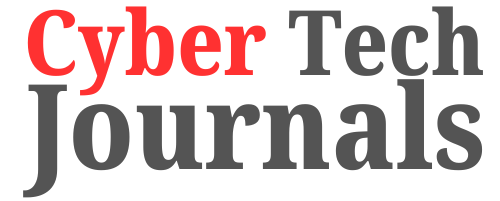
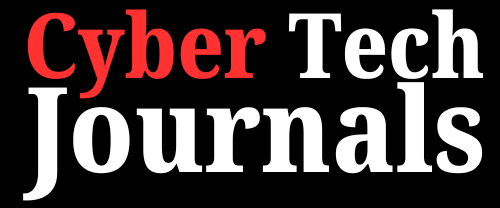


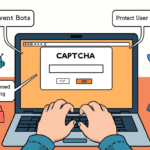



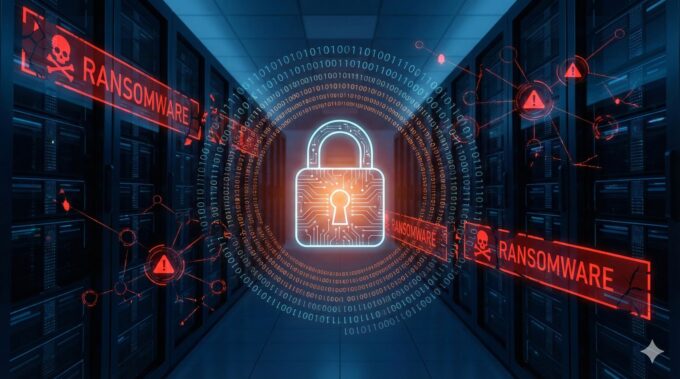


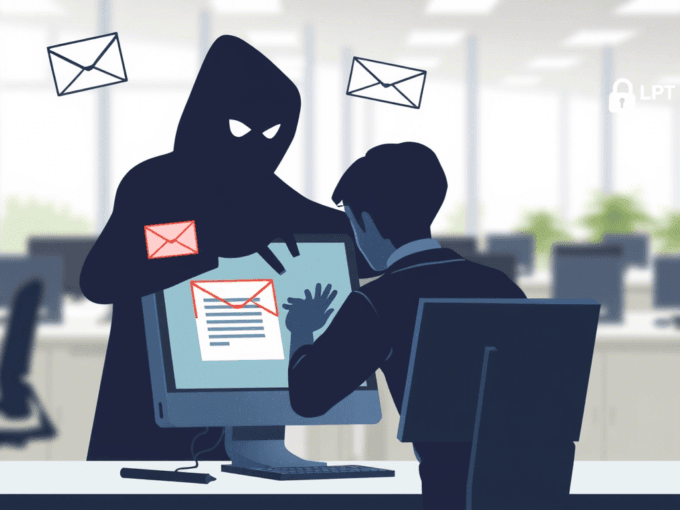





Leave a comment